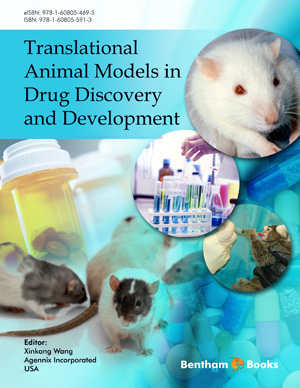Abstract
Tumor-transplanted rodents are primarily adopted to study cancer progression in vivo and the inhibitory potential of the immune system. Genetically engineered, cancer-prone mice, however, more closely mimic several features of human cancer. Inbred BALB/c female mice transgenic for the rat neu (Her-2/neu, ErbB-2) oncogene (BALB-neuT mice) constitute an intensively studied mammary cancer model. Key features of this model include that (1) each of their ten mammary glands develops an independent carcinoma that slowly progresses from microscopic lesions to invasive tumors; (2) multiple in situ carcinomas are accompanied by greater dissemination of neoplastic cells into the bone marrow; (3) lung metastases are evident in the later stages; (4) over-expression of the protein product of the transgenic neu oncogene in the newborn thymus induces the deletion of T cell clones reacting with high-affinity against it, while the step-wise progression of mammary lesions triggers negative regulation mechanisms that suppress antibody- and perforin-mediated immune surveillance mechanisms. Thus, boosts of innate immunity delay cancer progression and vaccines administered when only early microscopic lesions are present provide lifelong protection, whereas their efficacy tails off when they are administered to mice with more advanced lesions. Because this model mimics some of the most critical features of human disease, it has been successfully used to investigate a number of therapeutic agents, including the role of adaptor proteins (P130 cap), signal transducers (STAT3), phosphoinositide 3-kinase (PI3K), and oncogenic stress sensing kinases (MKK7) in neu-driven carcinogenesis, and assessment of the efficacy of braki therapy in the control of mammary cancer.
Keywords: Animal model, cancer vaccine, drug discovery, drug development, immune modulation, mammary cancer, metastasis, mouse, neu oncogene, transgenic model.






















